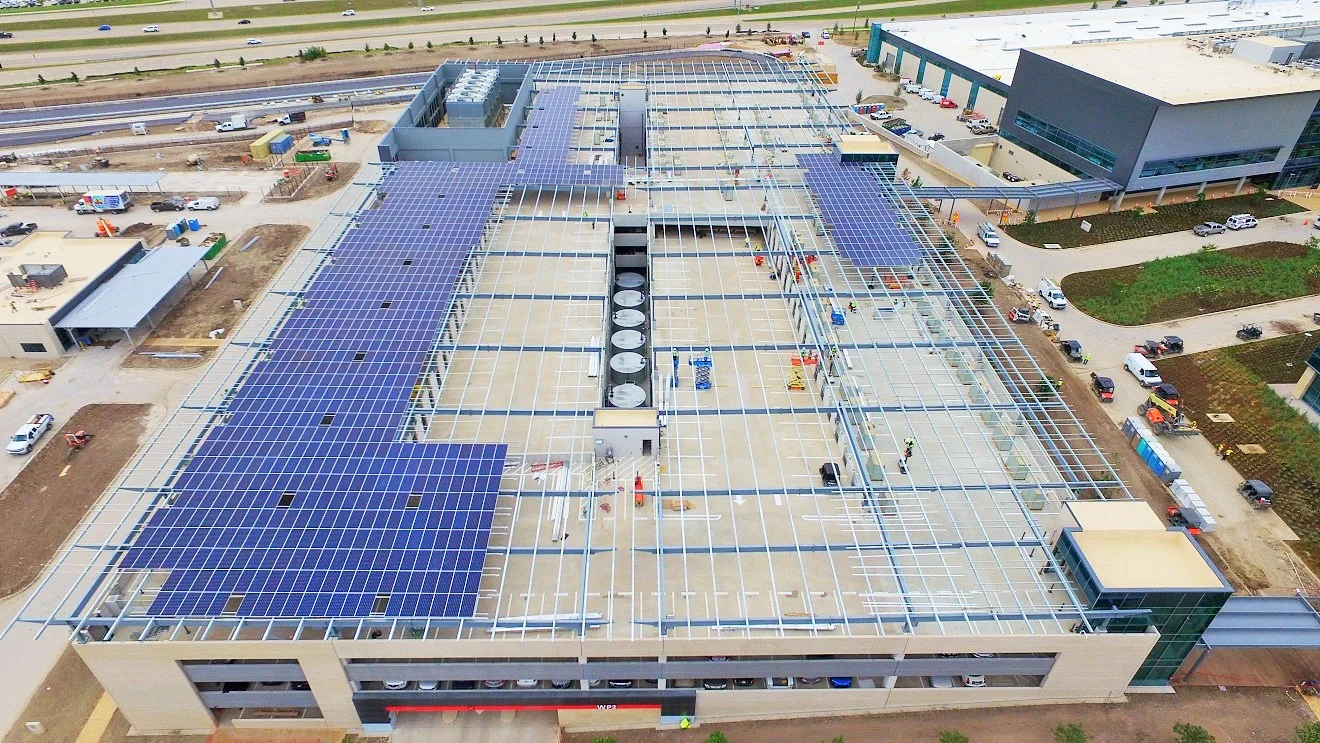In the vast expanse of the Lone Star State, where the sun blazes down relentlessly, a new industry is taking root: solar grazing. While Texas has long been associated with oil and gas, the state is now emerging as a leader in renewable energy, particularly in the field of solar power. But what exactly is solar grazing, and how is it transforming the energy landscape of Texas?


Solar grazing, also known as agrivoltaics, is the practice of combining agriculture with solar energy production. Instead of clearing land for solar installations, solar panels are installed above ground-level crops or grazing land, allowing both solar energy production and agricultural activities to coexist. This innovative approach not only maximizes land use efficiency but also offers additional revenue streams for farmers and ranchers.
Texas boasts abundant sunshine and vast expanses of land, making it an ideal location for solar energy projects. Additionally, the state has a strong agricultural industry, with cattle ranching and crop farming being major contributors to the economy. By combining these two strengths, Texas is poised to become a hub for solar grazing.
Land Utilization: Solar grazing allows for the dual use of land, optimizing its productivity. Farmers and ranchers can continue their traditional agricultural activities while also hosting solar panels, thereby increasing their overall revenue.
Water Conservation: In a state often plagued by drought, solar grazing offers potential benefits in water conservation. By shading crops or grass beneath the solar panels, evaporation rates can be reduced, helping to conserve water and mitigate the impacts of dry spells.
Energy Independence: Solar grazing contributes to Texas’ goal of achieving energy independence and reducing reliance on fossil fuels. With abundant sunshine, solar energy production can help meet the state’s growing energy demands in a sustainable manner.
Technological Innovation: Advances in solar panel technology and installation techniques have made solar power more affordable and efficient than ever before. Texas-based companies and research institutions are at the forefront of these innovations, driving further growth in the solar industry.

The solar boom in Texas has not only brought environmental benefits but also significant economic gains. The state’s solar industry has created thousands of jobs across the value chain, from manufacturing and construction to installation and maintenance. According to the SEIA, Texas solar jobs grew by over 16% in 2020, even amidst the challenges posed by the COVID-19 pandemic.
Furthermore, solar projects have injected billions of dollars into the Texas economy, benefiting local communities and supporting small businesses. In rural areas, where many solar farms are located, landowners receive lease payments for hosting solar installations, providing a valuable source of additional income.
As Texas continues to embrace solar power, the future looks brighter than ever. With falling costs, technological advancements, and growing public support for renewable energy, the state is well-positioned to maintain its leadership in solar energy production.
However, challenges remain, including the need for expanded transmission infrastructure to accommodate the growing influx of renewable energy onto the grid. Additionally, policymakers must continue to support policies that encourage solar investment and innovation while addressing concerns such as land use and environmental impact.
Texas’ emergence as a solar power leader is a testament to the state’s resilience, innovation, and forward-thinking approach to energy. By harnessing its abundant natural resources and embracing clean energy technologies, Texas is paving the way toward a more sustainable and prosperous future for generations to come.
value chain, from manufacturing and construction to installation and maintenance. According to the SEIA, Texas solar jobs grew by over 16% in 2020, even amidst the challenges posed by the COVID-19 pandemic.
Furthermore, solar projects have injected billions of dollars into the Texas economy, benefiting local communities and supporting small businesses. In rural areas, where many solar farms are located, landowners receive lease payments for hosting solar installations, providing a valuable source of additional income.